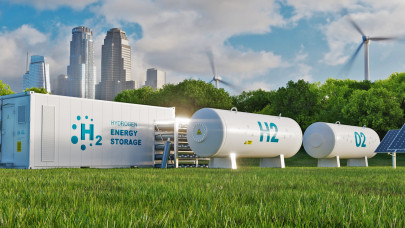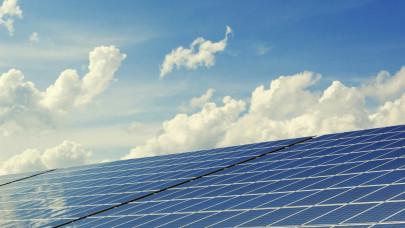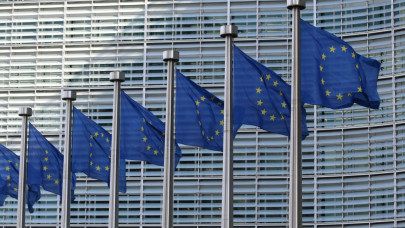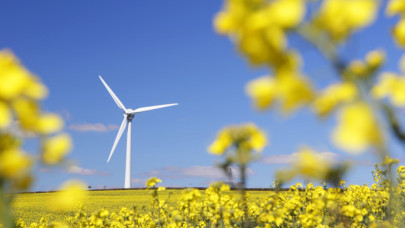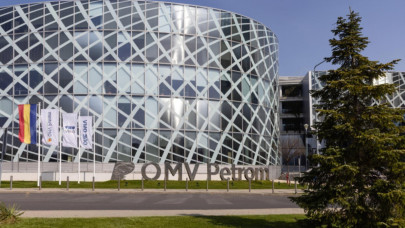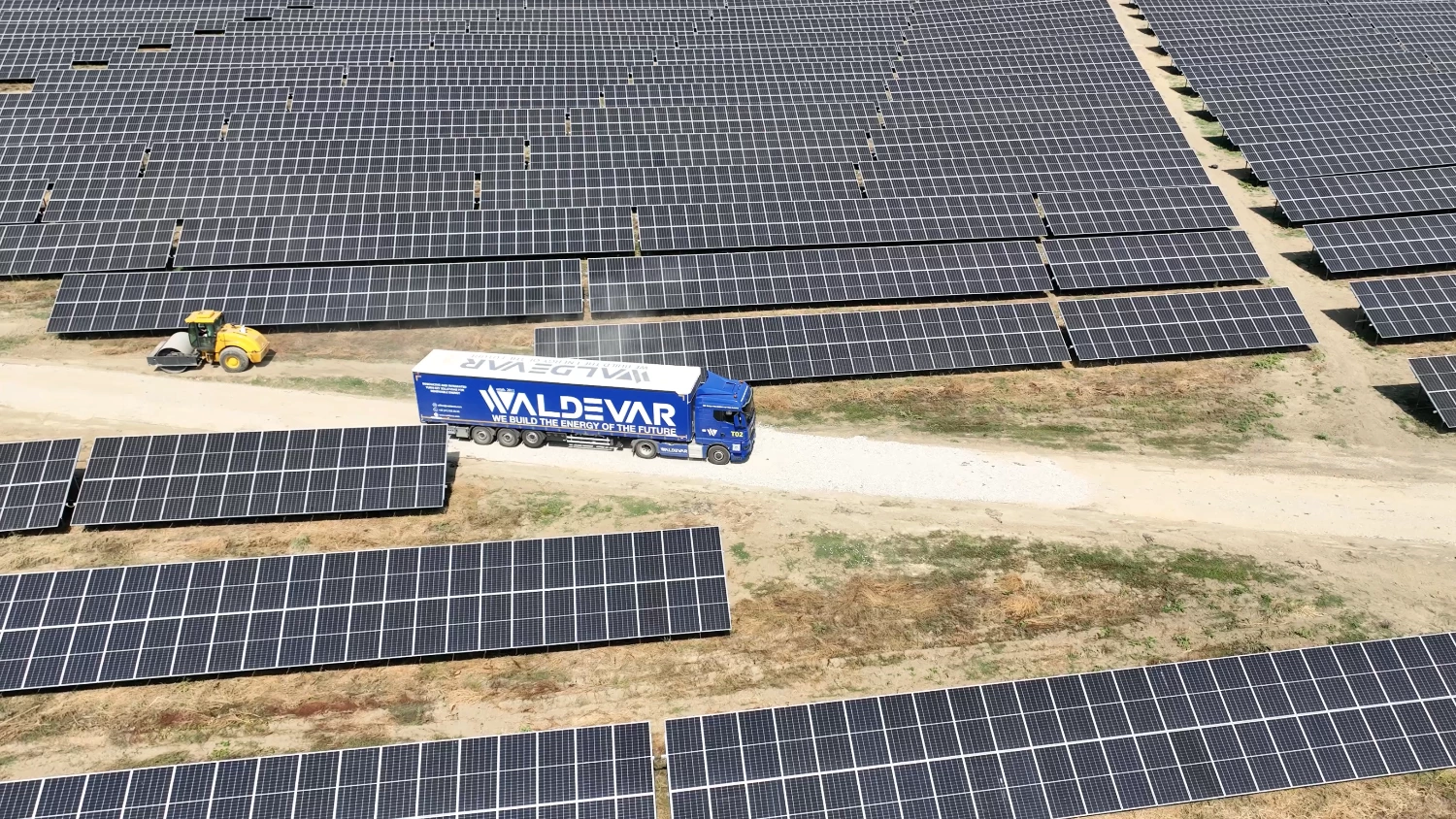Despite regulatory uncertainties and cost pressures, new projects indicate strong momentum for low-emissions hydrogen. Global hydrogen demand rose to 97 million tonnes in 2023, a 2.5% increase from 2022, primarily driven by the refining and chemical sectors, with most hydrogen produced from fossil fuels. Low-emissions hydrogen accounted for less than one million tonnes.
By 2030, low-emissions hydrogen production could reach 49 million tonnes annually, nearly 30% more than predicted in 2023, largely due to electrolysis projects, which have almost 520 GW of announced capacity. China leads this growth, representing over 40% of the projects.
Final investment decisions doubled this year to 3.4 million tonnes per year (Mtpa), which could quintuple today's global low-emissions hydrogen production by 2030, with a near-even split between electrolysis (1.9 Mtpa) and fossil fuels with carbon capture (1.5 Mtpa). Installed electrolyzer capacity reached 1.4 GW in 2023, expected to hit 5 GW by the end of 2024, primarily driven by Chinese projects.
Despite the increase in announced projects, demand uncertainties mean much potential production remains in early planning stages. IEA Executive Director Fatih Birol emphasized the need for buyers to ensure project success, urging policymakers to create supportive demand mechanisms while reducing costs.
The report highlights a mismatch between production goals and demand, with global government targets totaling 43 million tonnes by 2030, but demand expected at only 11 million tonnes. Existing policies, like carbon contracts for difference and sustainable fuel quotas, are beginning to spur industry action, but progress remains insufficient to meet climate objectives.


